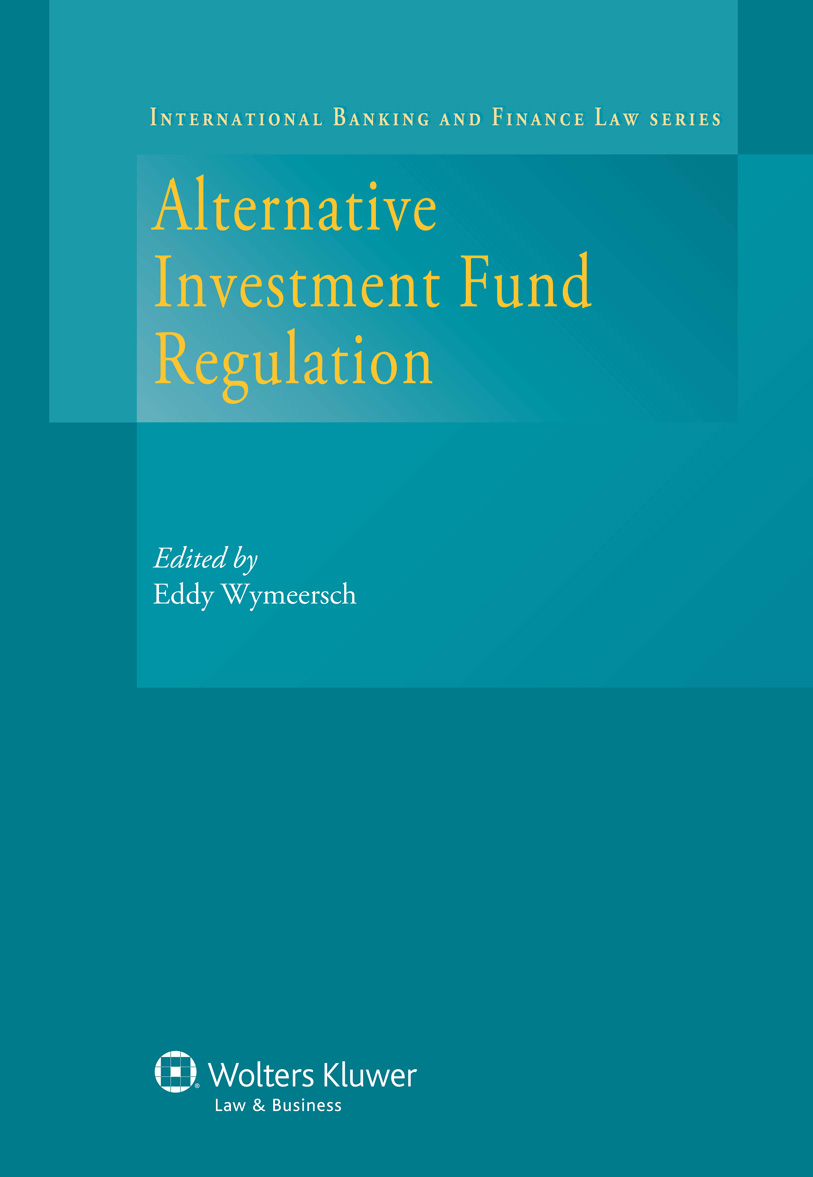
Alternative Investment Fund Regulation
In the wake of the recent global financial crisis regulators and supervisors became aware that the risk appetite of hedge funds and private equity funds was to a significant extent shielded from public scrutiny, as it was only through banks financing of these funds that public authorities could obtain a view on the role of these funds in the wider financial system. In order to disperse this lack of reliable and comprehensive data, measures were adopted both in the European Union, the Alternative Investment Management Funds Directive, and to a lesser extent in the United States to impose a risk-sensitive framework. Individual EU Member States and other countries followed suit. This book reprints reports delivered by representatives of fifteen countries at the Eighteenth International Congress of the International Academy of Comparative Law, held in Washington on the 29th of July 2010. The reports present a wealth of information on the different approaches and the specific rules that a variety of national legislators have adopted on the regulation of hedge funds and private equity funds. They greatly clarify the current understanding of such factors as the following:
the nature of the systemic risk created by these funds;
how activist investors challenge the incumbent management of well-established companies;
effects of aggressive intervention in the business organization of a firm;
how some funds achieve excess returns even during the crisis; ;
advance information obtained through insider rings or other social networks; and safeguards that limit the investor s risk (e.g., allowing only funds of funds).
With its comparative analysis of rules (and their degree of stringency) adopted by states on offering these products to the retail investor, this book is of great importance for legal practice in the areas of investor protection, financial services, and regulation of securities and banking. Although the present crisis has fundamentally challenged public authorities in every country, it is important to know what has been introduced or modified and which pre-existing measures have been retained as a result of new measures. The national reports reproduced in this book provide the clearest and fullest commentary available on this and other aspects of the new global financial regulatory scheme.
, February 2012 , 9789041136909